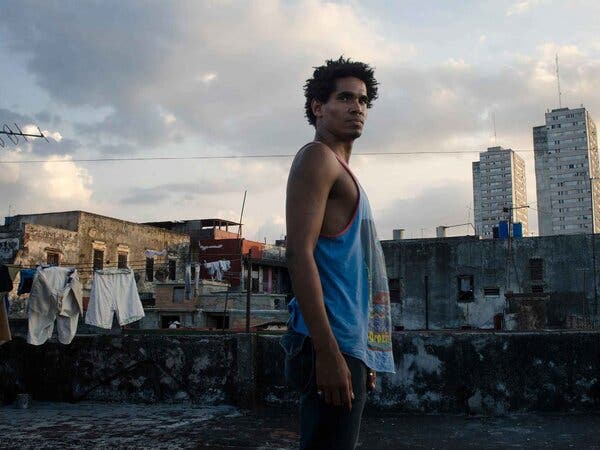Colombian inflation accelerated in June less than economists expected, however, fixed income traders and analysts forecast a gloomy price outlook, especially for the first half of 2023.
(See: Exports: US$22,982.4 million between January and May).
Annual inflation increased in the sixth month of 2022 to 9.67% from a year earlier, compared to the median estimate of 9.73% from analysts surveyed by Bloomberg.
Future domestic fuel price increases, a weaker currency, and expectations of wage increases will add pressure for future interest rate hikes after a increase of 1.5 percentage points to 7.5% in June.
The Colombian peso fell to a record low on Wednesday, July 6, and the interest rates implicit in the market price of the swaps discount that the Banco de la República will raise the reference rate to 10.4% in one year.
(See: Inflation in June reached 9.67%, the highest figure in 22 years).
“We are still concerned about inflation“, said Arnoldo Casas, portfolio manager at Credicorp Capital.
Colombian economy.
The second half of the year will bring inflationary pressures with higher gasoline prices, but the outlook for 2023 could darken with a transfer of the weaker peso to prices and an increase in the minimum wage that could be between 15% and 20%, according to Casas.
The asset manager anticipates that those responsible for monetary policy They will raise the reference rate to 9.75% in 2022.
(See: Banco de la República increases interest rate to 7.5%).
“In a way, that is already built into the TES rates. The rise in interest rates did not hit TES and neither did inflation“, held.
Casas estimates that the yields of local 10-year bonds will rise up to 12%, depending on how the credit risk spread evolves.
For his part, Juan David Ballén, an economist at Casa de Bolsa, said that international inflation expectations could decrease if the prices of raw materials continue to fall, given recession fears.
However, Colombia could see more inflationary pressures due to the expected increases in gasoline prices and increases in the minimum wage for 2023.
(See: The 1,000 largest companies in the country represent 77% of GDP).
José Luis Hernández, fixed income trader at Corficolombiana, said that although inflation surprised to the downside, it is still too high and the biggest concern is that prices without food are now closer to 7%.
Yields on Colombian local bonds have fallen, but “we believe that this will be ephemeral“, given that liquidity has been scarce, and bank deposits are at higher rates.
Hernández expects the bond curve in local pesos “tend to flatten or even invert“.
“If inflation ends (2022) between 9% and 10%, that generates pressure towards the coming year due to price indexation“, in which case it will stay high longeror, he said.
And he valued that the base scenario for the Banco de la República is that interest rates increase by 150 basis points at the July meeting, to 9%.
BLOOMBERG








